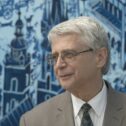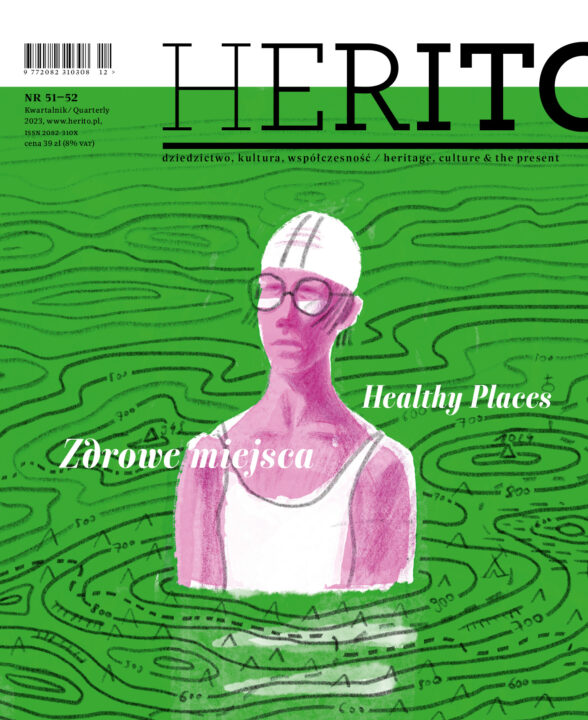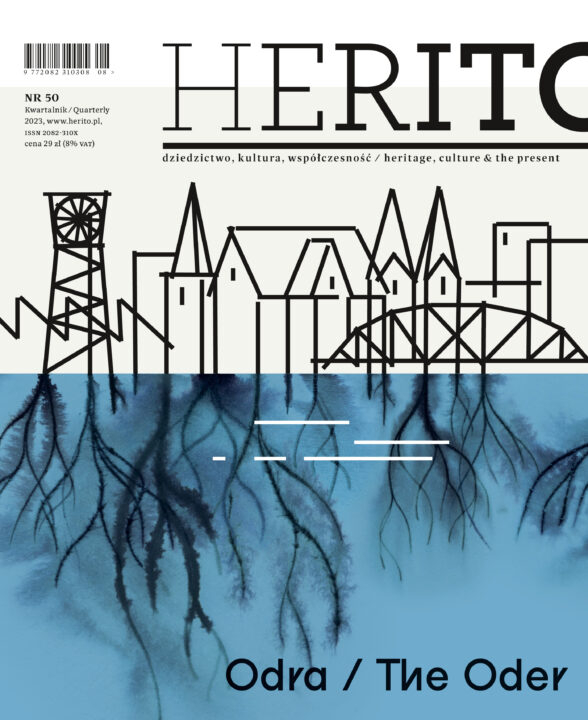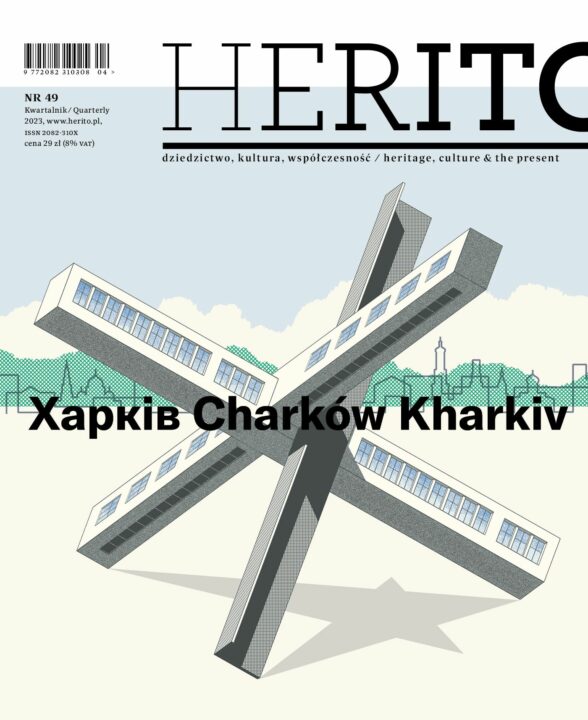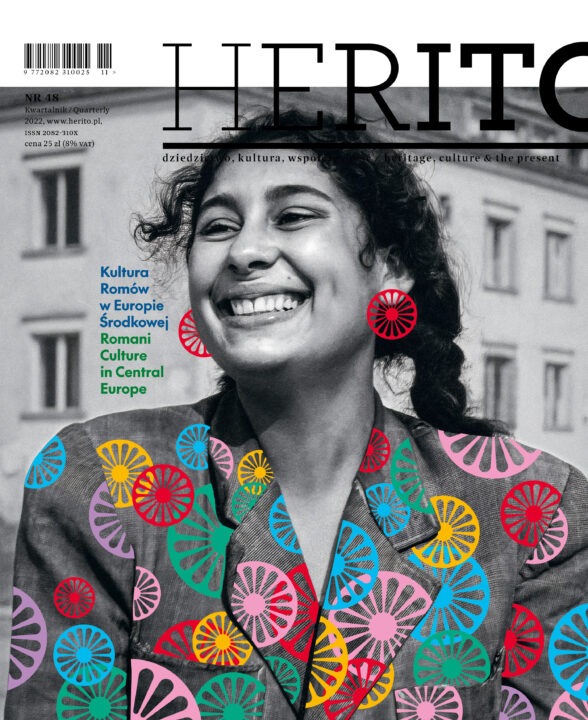The City as a Work of Art
Since the time of Plato and Vitruvius the quest for truth, goodness and beauty has been accompanied by thinking on the ideal layout of the city and composition of its space. It is thus no coincidence that the dream of the ideal city fascinated so many outstanding thinkers and artists of the Italian Renaissance. The goal of achieving harmony and perfection by creating the ideal city plan – stellar, founded on the principles of regular geometricity – has largely, with a few exceptions, remained a utopia.In 1889 Camillo Sitte’s much-publicised book Der Städtebau nach seinen künstlerischen Grundsätzen was released, and its role evolved into that of a manifesto of thinking on the creation of urban space in artistic categories. It was also a bid – doubtless a very idealistic one – to oppose the negative effects of rapid urbanisation in the industrial age. So should Camil-lo Sitte’s ideas today be dismissed as nothing but the utopias of an aesthete who treated the city as a kind of stage set? Or was his text rather an act of impotence and capitulation by an urbanist? Neither. Sitte was protesting at the reduction of modernday urbanisation to the technocratic dimension, in a sense foreseeing a scenario akin to that which Fritz Lang showed in his apocalyptic Metropolis.
But the city is more than simply idea and form; it is also function and process. In other words, the city is a reflection of its civilisation. This is the conception of the city that for twenty-five years has been at the heart of the ICC – our research, our exhibitions, our educa-tional programmes and our publishing activity. The very first conference organised by the centre, Managing Historic Cities. The Case of Central Europe, in 1991, was focused on the tensions that arise between the processes to which contemporary cities are subjected and the heritage amassed in them. Our logo – inspired by the Vitruvian ideal of man and the concept of the golden ratio – expresses a pursuit for beauty through the creation of ideal forms that are at once open and dynamic. It is thus no coincidence that in this double issue of our quarterly Herito accompanying our jubilee marking twenty-five years of the ICC’s work we have decided to tackle the question of whether the city – and in particular the contemporary metropolis – can be a work of art.
Copyright © Herito 2020

